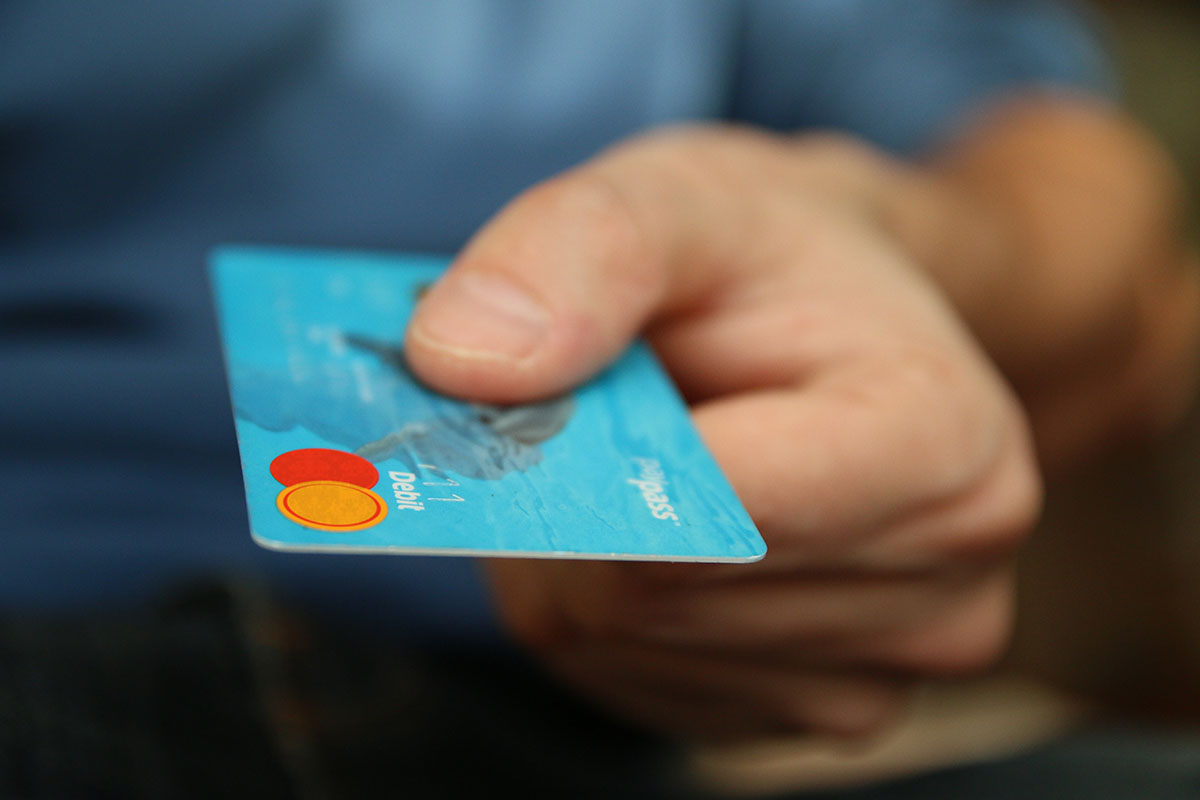B2B Buyer Behavior in 2025: How to Spot Buying Signals and Convert Smarter
Understanding B2B buyer behavior in 2025 is no longer just about tracking clicks and cold outreach — it’s about deciphering intent signals, leveraging AI-powered insights, and personalizing your approach at every stage of the buyer’s journey.
With hybrid work models, AI-driven decision-making, and longer buying cycles, targeting the right leads has become more complex.
Businesses can’t afford to waste time on unqualified prospects. The question is: Are you chasing leads, or are you strategically attracting buyers who are already interested?
Let’s break down how to decode B2B buying behavior and capitalize on the strongest intent signals in 2025.
Lonescale’s platform is an all-in-one solution since it handles all your data needs, from marketing to sales regarding buying signals.
What Are Buying Signals?
A buying signal is an activity that indicates an opportunity for a salesperson to contact a prospect.
It aids in determining a person’s level of need for the product or service, allowing a sales representative to focus on those most likely to purchase.
You may determine when a lead needs your product or service using buying signals.
Buying signals are essential for B2B sales and marketing organizations, as they enable to monitor of the most promising leads, therefore saving time and increasing the number of deals closed.
They can be found at numerous points during the buyer’s journey.
When prospects view a company’s website, certain purchasing signals may arise.
Others may occur during interactions between leads and sales representatives.
You can pitch the products or services of your B2B firm as a solution.
However, it would be best if you targeted prospects at the optimal time.
Prospects may only be persuaded that your B2B organization is ideal if you make your sales presentation later.
Conversely, prospects may choose to join with a competitor if your sales presentation is too late.
You have limited time to target prospects with your sales presentation, but purchasing signals can expose these windows.
Are You Targeting the Right B2B Buyers?
Every experienced salesperson knows that not every pitch will turn into a deal. But the real issue?
Many businesses waste resources targeting the wrong people.
The B2B landscape has evolved:
✅ Buyer committees are bigger – A single decision-maker isn’t enough; multiple stakeholders influence purchases.
✅ Longer buying cycles – With economic shifts, companies take more time to justify spending.
✅ AI-driven research – Buyers are self-educating more than ever before connecting with sales.
✅ Dark social & community influence – More decisions are shaped in private Slack groups, LinkedIn DMs, and industry forums than on public channels.
So, how do you reach them at the right moment? You need real-time data, AI-driven insights, and an understanding of buying signals.
Buying Signals: The Key to Smarter Targeting in 2025
Imagine if your target audience had a visible sign that screamed, “I’m ready to buy!” While there’s no magic indicator, buying signals are the next best thing.
Buying signals are behavioral or contextual cues that indicate a prospect is moving closer to a purchasing decision.
If you’re not paying attention to these, you’re missing out on high-intent buyers.
Here are the most important B2B buying signals in 2025:
1️⃣ Surge in Research Activity
What it means: If a prospect is suddenly consuming more of your content—reading blogs, downloading whitepapers, attending webinars—it’s a sign they’re warming up.
✅How to act: Use AI-powered tools to track content engagement and prioritize follow-ups with those showing higher interest.
2️⃣ Engagement on Dark Social
What it means: Your buyers are discussing solutions in private LinkedIn groups, Slack communities, Discord channels, and industry forums.
✅How to act: Don’t just rely on direct engagement. Leverage social listening tools and create thought leadership content that sparks discussions where decisions are actually being made.
3️⃣ Job Changes & Internal Triggers
What it means: A new VP of Sales, a funding round, or a company expansion often means new budgets and fresh priorities.
✅How to act: Use real-time intent data (like LinkedIn Sales Navigator alerts) to reach out right when decision-making shifts happen.
4️⃣ Competitor Comparisons & Pricing Requests
What it means: If prospects are looking at competitor solutions or requesting pricing info, they’re actively evaluating options.
✅How to act: Have preemptive comparison content and clear, value-driven pricing offers ready to help them make a decision faster.
5️⃣ Buying Team Engagement
What it means: If multiple people from the same company are interacting with your site, content, or outreach, it signals internal discussions are happening.
✅How to act: Tailor your outreach to each stakeholder’s role and pain points instead of using a one-size-fits-all approach.
How AI & Automation Are Changing B2B Lead Qualification
In 2025, AI-driven sales intelligence tools like Lonescale, 6sense, and ZoomInfo are helping businesses track, predict, and act on buying signals more effectively than ever before.
How AI is redefining B2B targeting:
✅ Predictive analytics – AI can forecast which leads are most likely to convert based on behavioral patterns.
✅ Automated intent monitoring – AI-driven tools scan web activity, news, and social channels to flag high-interest accounts.
✅ Personalized outreach at scale – AI helps tailor messaging for each prospect based on their unique buying journey.
If you’re still guessing instead of tracking real buying intent, you’re leaving revenue on the table.
How to Spot Buying Signals?
When B2B buyers want a solution to an issue, they search online.
They browse websites to read blog articles, see product videos, and download guides.
Since approximately 90 percent of pre-purchase research is conducted online, content consumption is an essential indicator of consumer intent.
For each step a prospect performs, they leave a digital footprint of intent data.
These purchase indications based on behavior are a goldmine for your sales and marketing teams.
Examples of Buying Signals
Differentiating between verbal and nonverbal purchase signals is another method of categorizing them.
- Verbal Buying Signals
Recognizing and acting upon verbal purchase signals seen by a salesman is quite simple. From your initial pitch to closing words, your communication abilities impact your likelihood of making a sale.
Developing your questioning, speaking, and conversational abilities can enable you to create a positive first impression by building your credibility and tracking job leads to gaining the trust of others.
Price and Payment Method Inquiries
During a sales call, if the subject of pricing comes up, there is a significant probability that the prospect is considering a purchase. At the absolute least, they evaluate your price and compare you to the competitors.
Terms and Conditions
Customers inquiring about the T&C are often curious about the warranty and refund policies, which may also be used to evaluate the competition.
Upcoming Steps
This includes inquiries regarding contract turnaround timeframes, installation requirements, and onboarding timelines, among other things. The objective here is to determine how quickly they can begin utilizing the product, which indicates that they are contemplating buying.
Non-Verbal Buying Signals
This is the type of behavior that is typically recorded as a marketing signal. There are as many options as touchpoints for anybody who contacts your business online. Because there is no live contact between you and the prospect, it is more difficult to interpret nonverbal cues; thus, cross-referencing this information with a categorization process might increase the amount of “hot” leads.
Request for Case Studies
These give genuine proof of your product’s effectiveness and frequently clarify a value proposition. If the prospect’s market is limited, there is a possibility that they may be familiar with the firm in the research.
Request for Product Trial
This is often completed online. It is favorable if the prospect immediately sets a date. However, if they delay the trial, it might hint that they are hesitating or unaware of how to utilize the product.
Completing a Form
This might be to get emails, participate in a webinar, be alerted of new material, or acquire marketing/product collateral. In this instance, prospects often understand that the action will result in salesperson contact, although this is not always true.
Social Media Involvement
At the very least, those discussing your brand or sharing your material are interested in what you offer.
The marketing team may simultaneously monitor brand mentions and analyze platform data.
What To Do After Buying Signal Is Identified?
Identifying purchasing signals is only effective once you engage with your prospect and make a proposal.
Within 24 hours of receiving a lead, you should have a clear strategy for turning purchasing signals into sales actions.
When you connect with a prospect for a real purpose, you have all the information necessary to make a customized offer.
Don’t pass up this chance. Adapt your sales pitch to the prospect’s interests and the circumstances.
People you contact should not question why you are communicating with them now.
They should also recognize that your offering is what they require.
If you already have a lengthy list of prospects, you may utilize purchasing signals to determine which prospects you should prioritize first.
Responding to Buying Signals
You must quickly act when reacting to purchasing signs. Most likely, they are comparing your products and services to those of your competitors.
You may be their top contender but lose the transaction if you do not respond quickly to their purchasing signals.
Do not provide them the opportunity to develop buyer’s regret.
Respond promptly to their inquiries and concerns to make them feel more comfortable with the deal.
The Bottom Line
If you operate a B2B company, recognizing when you need to change might positively impact your financial statement.
Ensure that your sales staff is thoroughly aware of your company’s target demographic, purchasing signals, and the best way to respond so that your firm never loses a solid lead.
This procedure will give your sales team and organization a competitive advantage, allowing you to complete more transactions more quickly, saving time and money.
Using Lonescale’s platform, businesses may find hot leads, maintain a marketable database, and customize their outreach activities.
In turn, this may assist organizations in boosting sales growth and fulfilling revenue goals.























